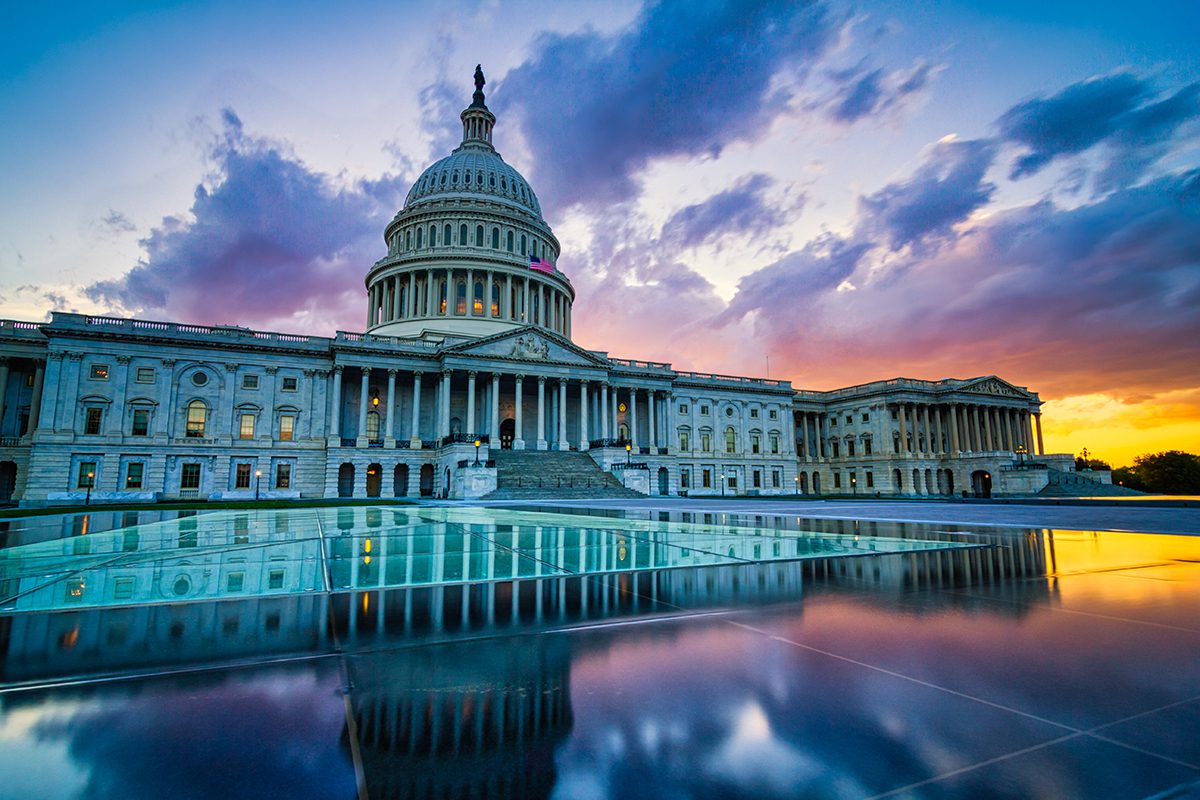After seeing support through the Senate this past April, the U.S. House of Representatives passed a measure to overturn a rule to reduce emissions from heavy-duty commercial trucks this week.
The U.S. Environmental Protection agency rule, titled the “Control of Air Pollution from New Motor Vehicles: Heavy-Duty Engine and Vehicle Standards,” calls for the reduction of NOx emissions of approximately 80% from the current standard for model-year 2027 vehicles and beyond. This has raised more than a few eyebrows across the industry. In early May, Lewie Pugh, executive vice president of the Owner-Operator Independent Drivers Association, addressed the EPA during a public hearing.
“All of these regulations maintain an impractical approach to achieving emissions reductions that discounts the contributions of the trucking industry, ignores realities from previous flawed emissions rulemakings, and does not account for the economic impacts on small trucking businesses,” said Pugh. “Clean air is a priority for everyone, including truckers, but the technology used in heavy-duty trucks to improve air quality has to be affordable and reliable. Small-business truckers and owner-operators should not be used as test cases for trialing new technology while pricing them out of business in the process.”
In an April statement from the American Trucking Associations, CEO Chris Spear said that while the ATA agrees that reducing greenhouse gas emissions and improving fuel efficiency are important goals that the industry must attain, the industry association believes “any regulation must be practical, achievable, and based on sound science.”
The EPA’s final rule, married with the recent advancement of California’s Advanced Clean Fleets Rule, is putting other associations on the defense as well, including those that represent heavy-duty vehicle and powertrain OEMs. The Truck and Engine Manufacturers Association (EMA) recently released a statement on the EPA’s proposed Greenhouse Gas Emissions Standards for Heavy-Duty Vehicles – Phase 3.
“Without electricity recharging and hydrogen refueling infrastructures in place, trucking fleets won’t be able to operate zero-emission vehicles and, thus, won’t make the needed investment to purchase them,” said EMA President Jed Mandel. “To successfully achieve a zero-emission future, the infrastructures needed to allow commercial ZEVs to complete the important work of hauling the nation’s freight must be in place and trucking fleets must see a positive business case to invest capital in their purchase. We need a whole of government approach to solve the problem and meet the challenge.”
While the recently passed measure to overturn EPA’s finalized rule has made it through both the Senate and House, the White House has already stated that President Biden plans to veto it.



